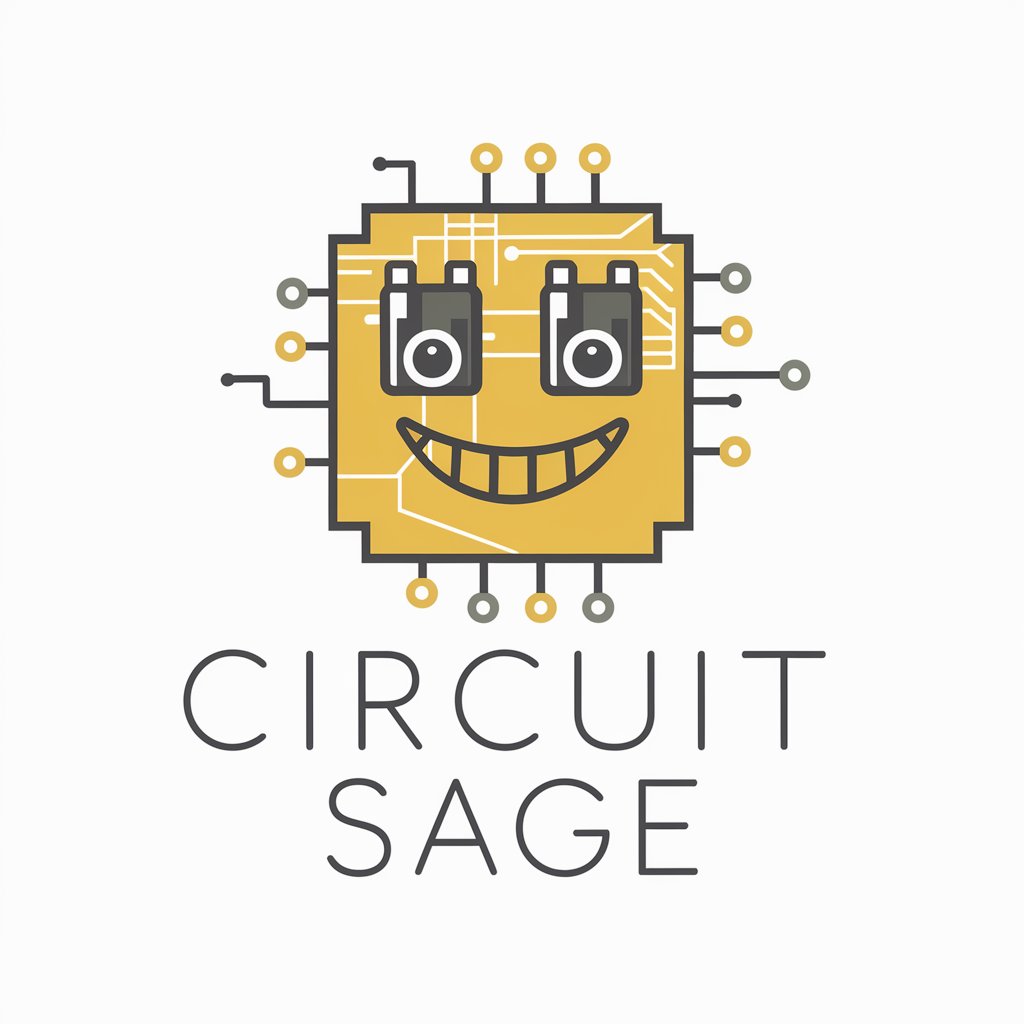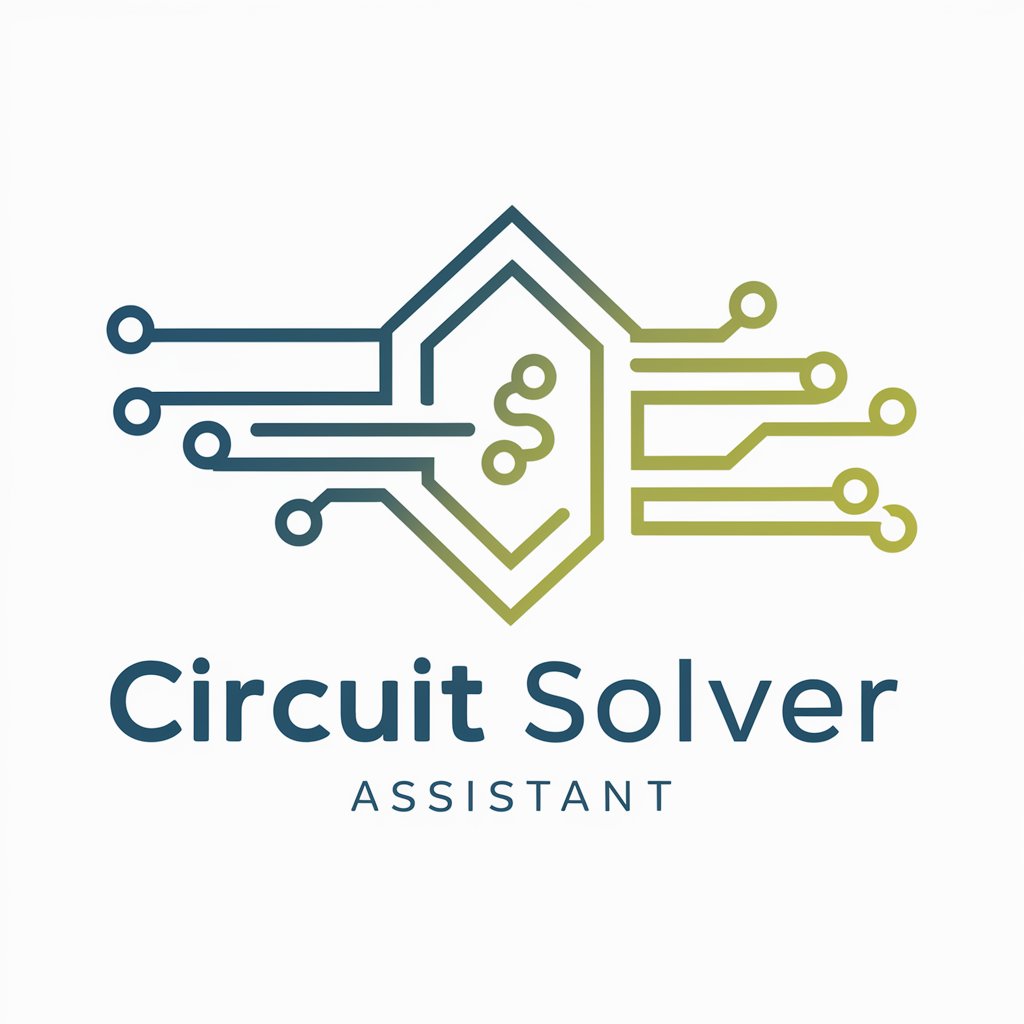
Circuit Solver with Image Recognition - Circuit Analysis with AI
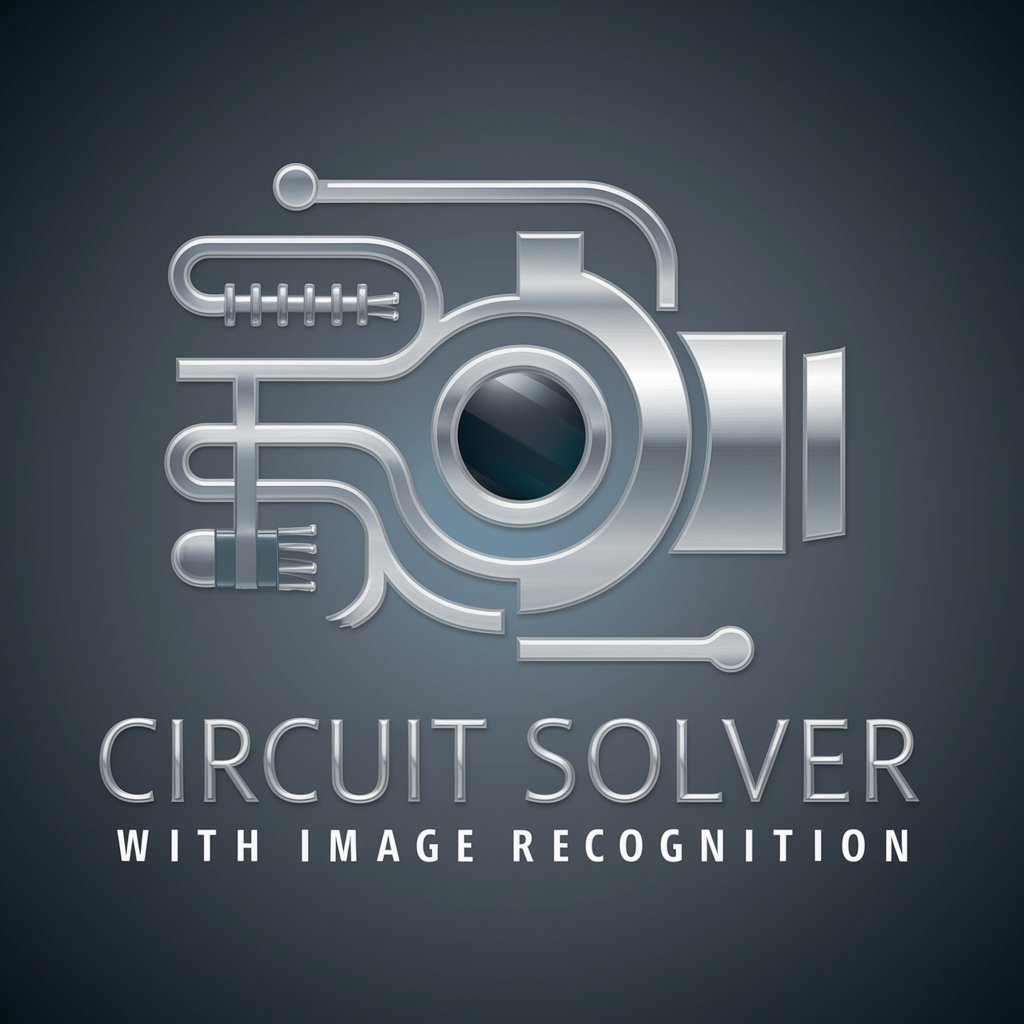
Welcome! Let's solve your circuit problems together.
Illuminating circuits with AI precision
Explain how resistors in parallel affect total resistance in a circuit.
Describe the process of calculating current using Ohm's Law.
What are the differences between series and parallel circuits?
How does Kirchhoff's Voltage Law apply to circuit analysis?
Get Embed Code
Introduction to Circuit Solver with Image Recognition
Circuit Solver with Image Recognition is an advanced tool designed to assist in the analysis, understanding, and solving of electrical circuits through both textual and visual inputs. It is equipped with image recognition capabilities that enable it to identify and analyze components and configurations of circuits from uploaded images. Additionally, it processes text inputs to extract circuit details, calculate electrical values, and determine circuit types (series or parallel). This tool is particularly useful in educational contexts, for troubleshooting, and in the design and testing phases of electronic project development. For example, a user might upload an image of a complex circuit, and the tool could identify the components (resistors, capacitors, etc.), calculate total resistance, or analyze the circuit for faults. Powered by ChatGPT-4o。

Main Functions of Circuit Solver with Image Recognition
Image Recognition and Component Identification
Example
Recognizing different components such as resistors, capacitors, and inductors in an uploaded circuit image, including their values.
Scenario
A student uploads a photo of their breadboard setup. The tool identifies all components and their arrangement, providing insights into whether the setup matches the intended circuit design.
Circuit Analysis and Calculation
Example
Calculating total resistance, voltage drops across components, and current flow in series and parallel circuits.
Scenario
An engineer designs a circuit and uses the tool to verify the total resistance and current distribution, ensuring the design meets the required specifications before physical implementation.
Fault Detection and Troubleshooting
Example
Identifying common issues such as short circuits, open circuits, or incorrect component values within a circuit.
Scenario
A hobbyist working on a DIY electronics project encounters a problem where the circuit is not functioning as expected. By using the tool, they quickly identify a misplaced resistor that caused a short circuit.
Educational Insights and Feedback
Example
Providing explanations and feedback on circuit configurations, enhancing the learning experience for students and enthusiasts.
Scenario
An educator uses the tool to create interactive lessons where students can submit circuit designs and receive instant feedback on their accuracy and efficiency, facilitating a hands-on learning experience.
Ideal Users of Circuit Solver with Image Recognition Services
Students and Educators
Students learning about electronics can benefit from practical insights and instant feedback on circuit designs. Educators can utilize the tool to enhance teaching methods by integrating real-world circuit analysis into their curriculum.
Electronics Hobbyists
DIY enthusiasts and hobbyists working on personal projects can use the tool to validate their designs, troubleshoot issues, and enhance their understanding of circuit theory and application.
Professional Engineers
Engineers in the field of electronics design and testing can leverage the tool for quick analysis, verification of circuit designs, and troubleshooting, helping to streamline the development process and reduce time to market.

Using Circuit Solver with Image Recognition
1
Visit yeschat.ai for an introductory trial, no signup or ChatGPT Plus required.
2
Upload an image of the electrical circuit you're investigating directly through the platform's interface.
3
Specify any known values or parameters of your circuit components if available, such as resistance values or voltage sources.
4
Use the 'Analyze Circuit' button to submit your image and details for processing. The tool uses AI to recognize components and their configurations.
5
Review the analysis results, which include identified components, their arrangements (series or parallel), and calculated electrical values. Use the 'Edit' option for corrections or adjustments.
Try other advanced and practical GPTs
Type Muse
Empowering Design with AI Typography

Type Sketcher
Empowering Creativity with AI Typography
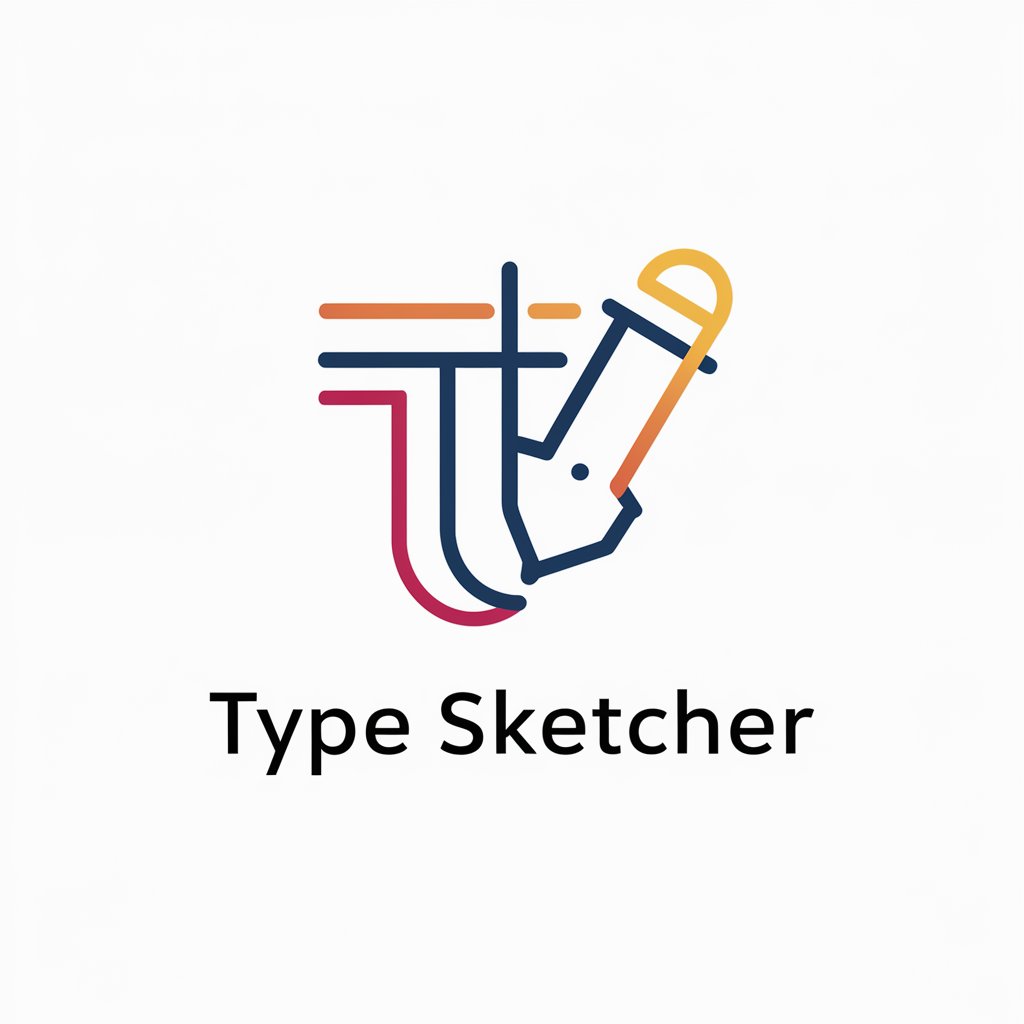
Type Designer
Empowering Design with AI-Driven Typography

Type Tutor
Empower your TypeScript with AI
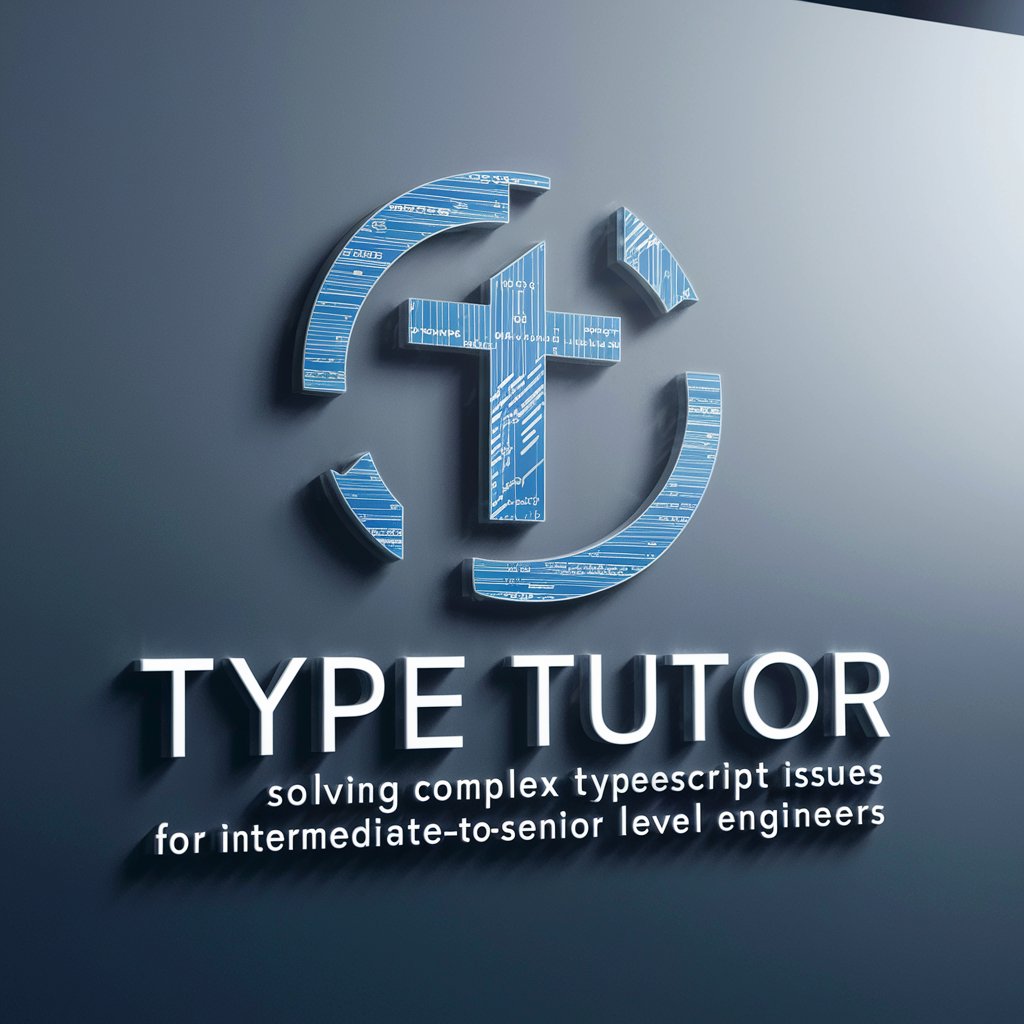
Type Coach
Enhance Typing Skills with AI
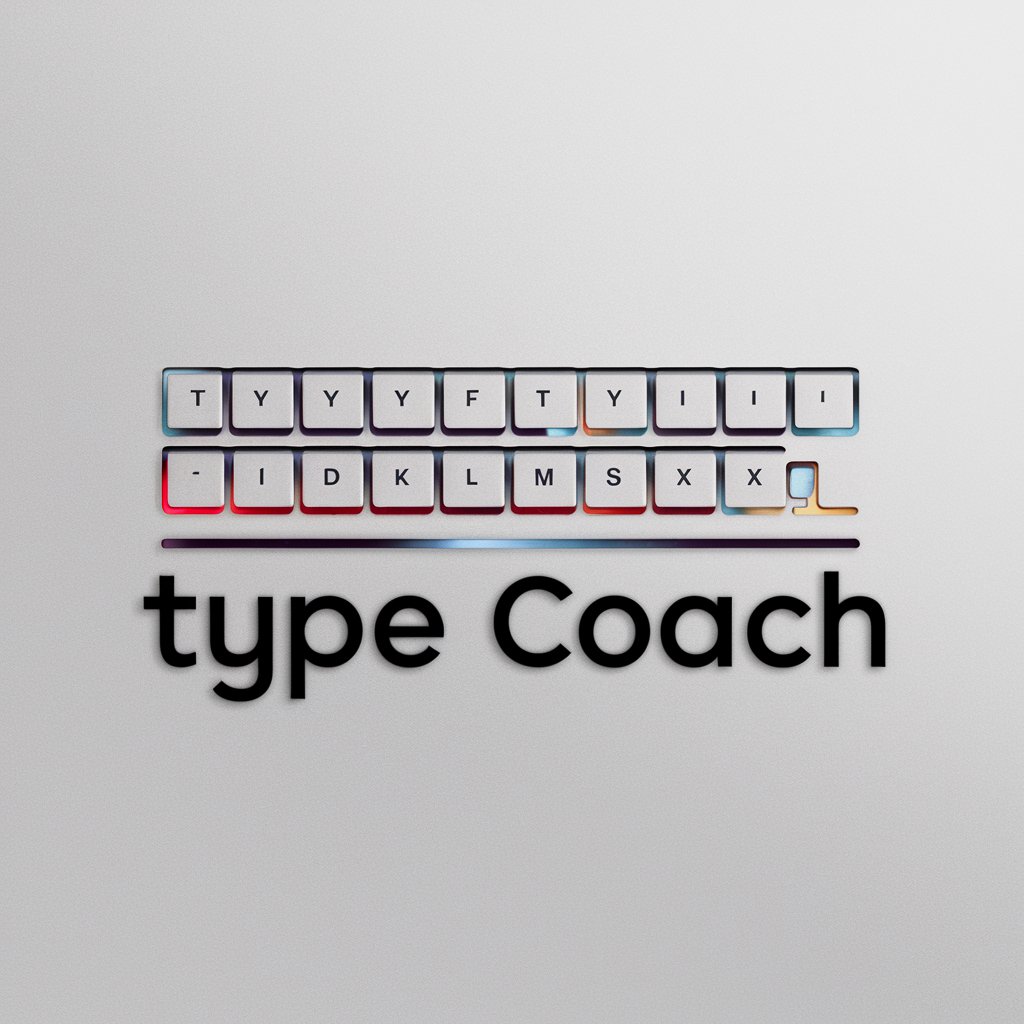
Type III Oracle
Empowering futuristic insights
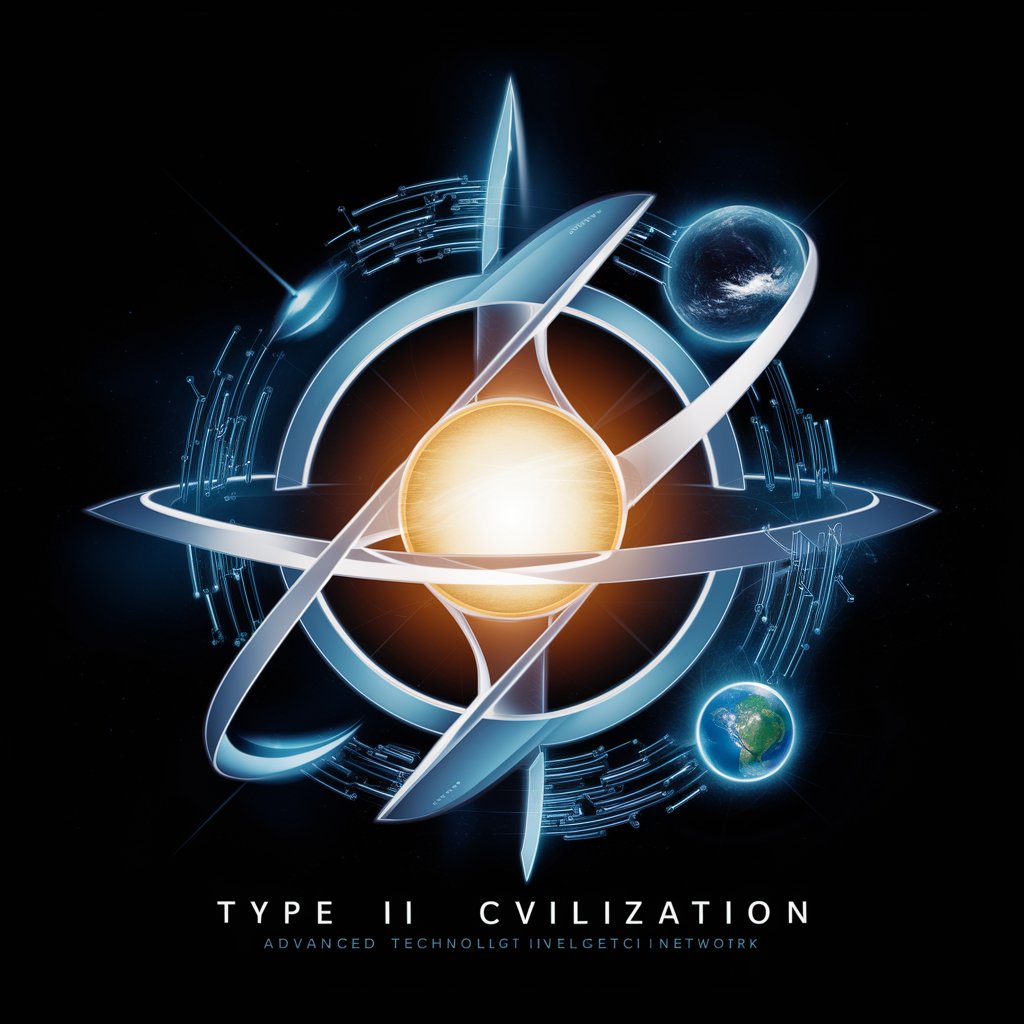
Pattern Recognition Tutor
Empowering AI-driven Pattern Recognition Mastery

学習サポーター
Your AI-powered Study Companion

学習サポーター
AI-Powered Study Companion for Exams
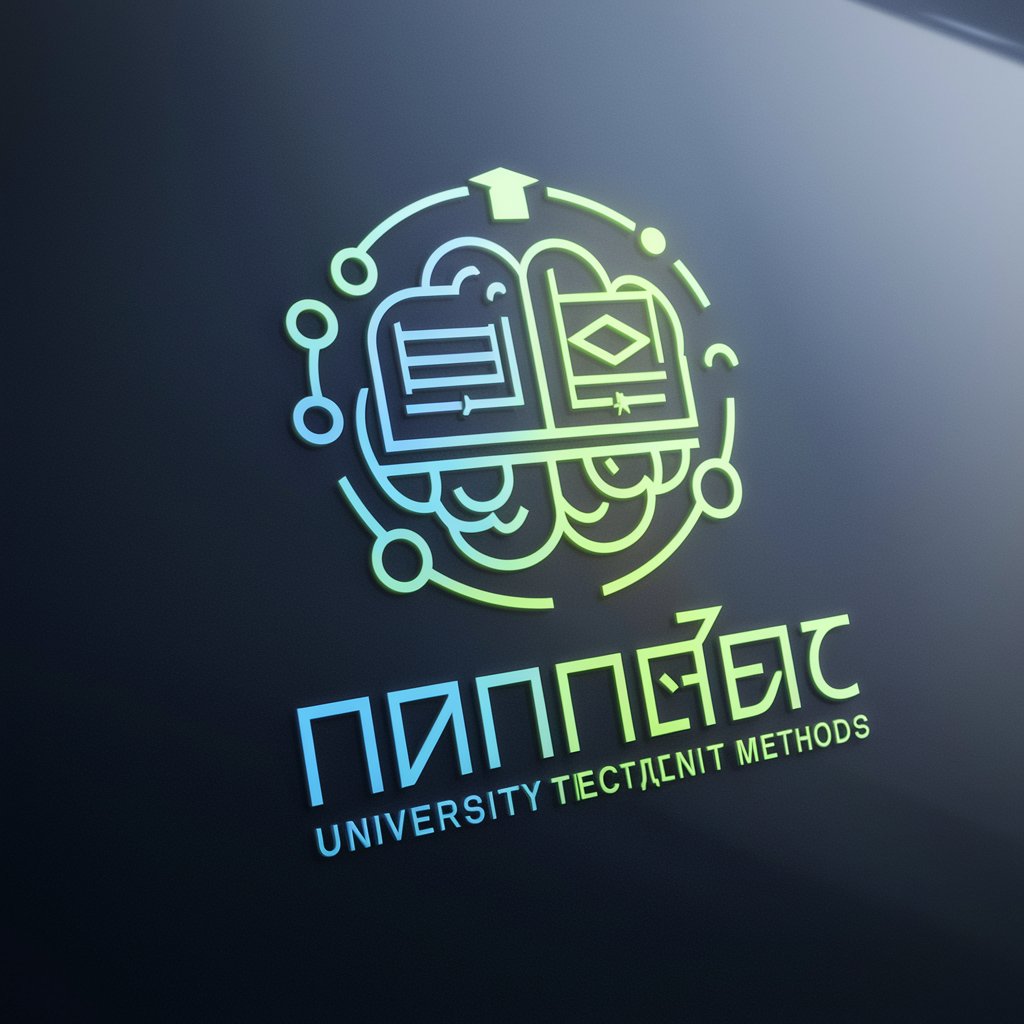
学習の友
Empower learning with AI guidance

お題でAIアートGPT
Transform keywords into art with AI

Key Visual Maker
Crafting Fantasy Worlds with AI

Circuit Solver with Image Recognition Q&A
What types of circuits can Circuit Solver with Image Recognition analyze?
This tool can analyze both simple and complex circuits, including series, parallel, and combinations thereof. It recognizes common components like resistors, capacitors, and voltage sources.
Is it necessary to have a clear image for analysis?
Yes, a clear image is crucial for accurate component recognition. Ensure good lighting and minimal obstructions for optimal results.
Can Circuit Solver handle circuits with unknown component values?
Yes, you can input circuits with unknown values. The tool will provide analysis based on known components and suggest possible ranges for unknowns based on circuit behavior.
How does the image recognition feature work?
The image recognition feature uses advanced AI algorithms to identify and classify circuit components and their connections within the uploaded image, facilitating accurate circuit analysis.
Can I use Circuit Solver for educational purposes?
Absolutely, it's an excellent educational tool for students and instructors in electrical engineering and related fields, offering practical insights into circuit analysis and electrical principles.
